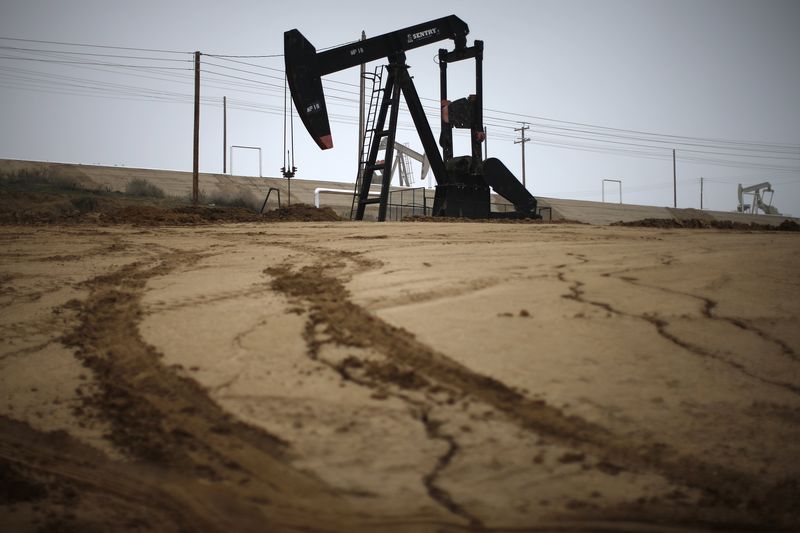Investing.com’s stocks of the week
Investing.com -- Crude oil prices drifted slightly lower on Monday, after rallying last week to a level that many think is at far as it can convincingly go in the near term.
By 9:30 AM ET (1530 GMT), U.S. crude futures were down 0.1% at $39.80 a barrel, while the global benchmark Brent was down 0.2% at $42.12 a barrel.
U.S. Gasoline RBOB Futures also drifted down just under half a cent to $1.2683 a gallon.
The market is in a holding pattern for now after a reassessment of global supply and demand prospects from the International Energy Agency and the Organization of Petroleum Exporting Countries last week.
However, the market’s preoccupation remains the same: whether demand is recovering at a fast enough pace to bring down excess global stockpiles after collapsing in the second quarter, and whether producers have the discipline to keep production shut in until then.
The bounce in demand is indeed continuing: Spain, one of the worst Covid-affected countries in Europe, reported that gasoline demand was down only 29% from year-earlier levels last week, compared to a trough of 83% below in March.
With OPEC and its allies keeping their supply projections unchanged last week, much depends on the activity of the U.S. shale industry. Baker Hughes’ rig count at the end of last week fell to a new 11-year low. However, analysts at JPMorgan (NYSE:JPM) pointed out last week that daily data compiled by consultancy Genscape suggests that the shut-ins enacted across the U.S. are easing considerably.
“We believe that the declining rig count is likely reaching its nadir while frac activity is likely already staging a recovery,” analysts led by Natasha Kaneva said in a weekly note.
Kaneva’s team sees WTI prices averaging $34 a barrel through the third quarter, as fracking operations continue to increase through the summer months. They noted anecdotal data suggesting several producers already planning to increase activity in July and August.
Elsewhere Monday, consultancy Deloitte issued a bleak outlook for the U.S. shale industry, saying that the industry faces a wave of bankruptcies and up to $300 billion in writedowns. Deloitte’s analysts argued that 30% of operators are technically insolvent with oil prices at $35, while another 20% have “stressed financials.”
